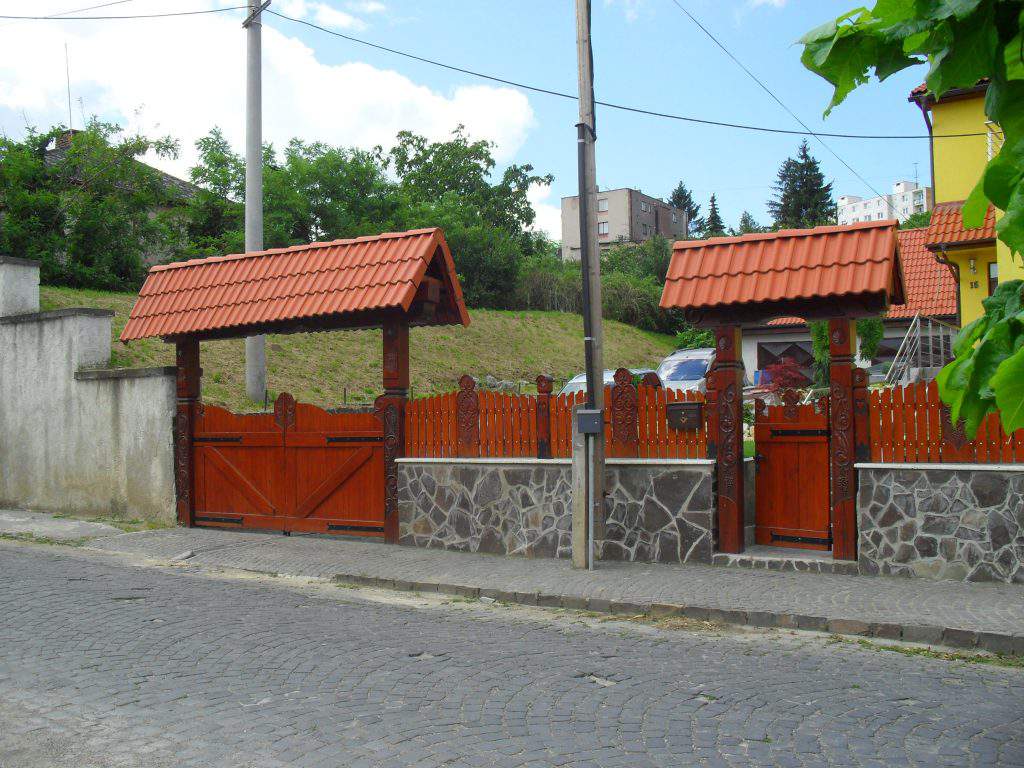Feng shui? Please, here is the ancient Hungarian interior design

While the design of the Eastern interior – the Chinese Feng Shui and the Indian Vasati – spreads world-wide, the thousand-year-old Hungarian tradition of how to build a house is slowly forgotten. According to magyarno.com, this tradition was not only based on the geographical conditions of the country, but it also framed the magic power of the Hungarian soul.
“Do I have a dream? In the Hungary of my dream there are houses built which make it clear to any foreigner that he is in Hungary. These houses are built on the basis of our ancestors’ knowledge, made of natural materials, and by the rules of the Hungarian interior design. It is good to live in them. We, Hungarians, have such a rich tradition of both architecture and interior design, and such a rich system of symbols that imitating other cultures is simply unnecessary. The coming in of foreign principles only causes confusion.” writes Színia, the author of A magyar ház mágikus titka (“The magic secret of the Hungarian house”). This book contains principles which led our ancestors when building a house, thus it also turns out that the structure of the Hungarian house is based on a cosmic system of symbols which were born from the real knowledge of the Creation. It is not a coincidence that the ground-plan of these houses are always four-sided, while the shape and division of the windows, the siting of the house, the position of the gates and the different decorations are also not accidental. The Hungarian house is a complex system of runes, which can be read if one knows the symbols.
Our ancestors knew how to build their houses. The Hungarian interior design forms a wonderfully consistent and unified system, which has been working well for thousands of years. In most of the old cultures the house represented the small version of the Universe itself, and thus the house was sited according to people’s beliefs. The shape of the Hungarian house was usually a long rectangle, the shorter side of which faced the street. The roof was held by an ear on the street-facing side. This ear is called the tree of Virgin Mary. The house was usually sited eastwards.
The roof
The roof of the peasant houses were exclusively mud roofs, which were called “high cap”. Later it was followed by gable roof because its basic area became longer. The roof is held in every cases by the crossbeam. It has a very important role in the house, many traditions are connected to it. The crossbeam was usually decorated with carvings of stars, the Sun and symbols of creation.

The finial
A finial can be found on the top of most old houses. Usually tulips, stars, crosses, ‘X’ signs, balls and patriarchal crosses were carved over each other.
The entrance
The carved and painted gateways have a huge tradition in Hungary, and they start to come into fashion again. These gateways are decorated with several ancient symbols, which were meant to protect the people living there. Of course, the archway of the gate represents the sky: the dove-cot above the gate was built as the home of the ancestor and the ghosts protecting the house. Long ago a round and shiny Sun took place on the gate, which was called the ‘soul-mirror’. When people entered the place, they first had to face themselves and ask the question whether they came with good intention.


The hearth
The hearth is the soul of the house. This is why it was always located in the middle of the house. Our ancestors attributed a great significance to the hearth. Whenever there was a big celebration, one member of the family had to stay home to protect the fire, as the fire always had to burn. There was only one day when the fire could burn out, when it was sanctified and lighted again. The family hearth was identical with the family’s past, future and present.

The Hungarian interior design took the hearth as its starting point. Behind the hearth, towards the East was the most precious part of the house. In the ranking of being precious, it is followed by the rooms on the right, then on the left, while the room in front of the hearth was the least precious part of the house.

Ce: bm
Source: magyarno.com






Hi, my novel on Gizella of Hungary, Hungary’s first queen, will be published by Folded Word Press, NH, this June 15th. Perhaps you’re interested in featuring it in any way. More information here: https://marcusspeh.com/gisela/ or on the publisher’s site: http://foldedword.bigcartel.com/product/gisela – Cheers from Berlin!